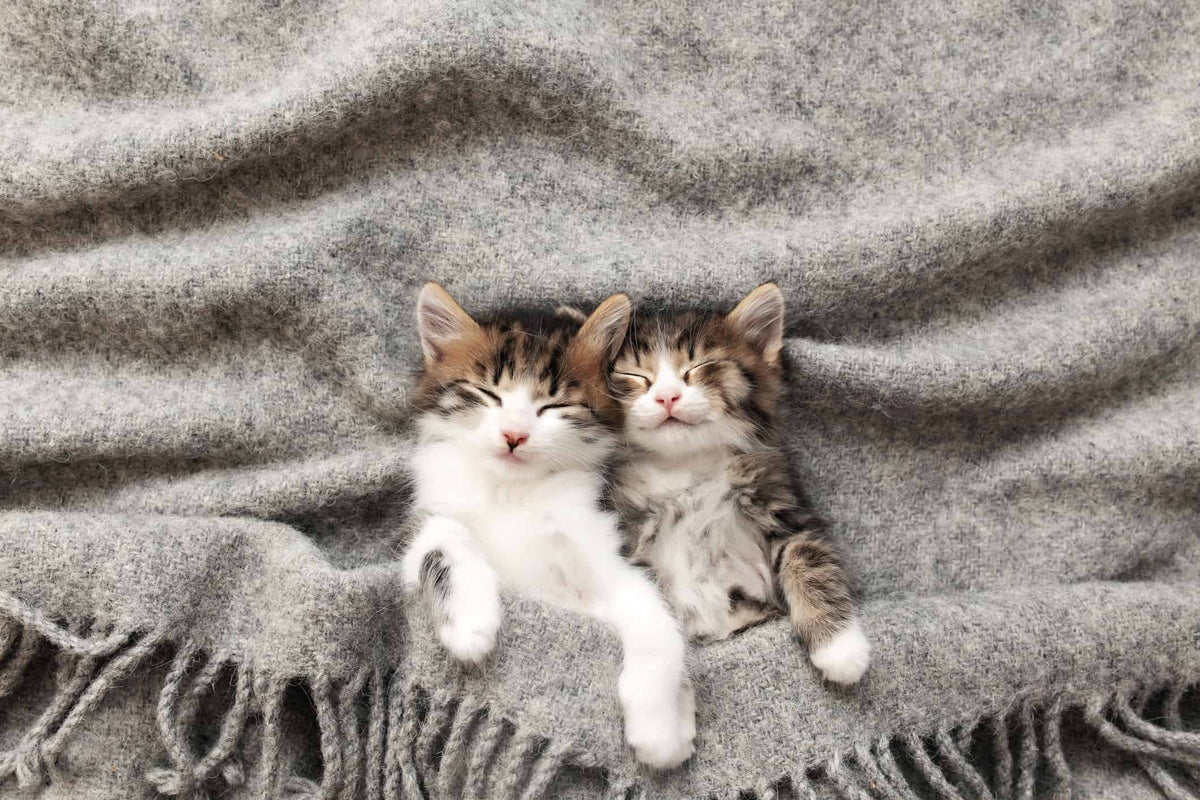In 24 cities

Catnapping Chronicles: The Art of Napping for Cats
|
|
Time to read 4 min
Get product availability and delivery timelines based on your location.
Are you sure you want to delete this address?
Help us ensure a smooth delivery
Help us ensure a smooth delivery
SIZE GUIDE
|
|
Time to read 4 min
If you've ever wondered about the mysterious world of catnapping, you're not alone. Understanding the significance of a cat nap is crucial for responsible pet parenting. These sweet, short naps provide numerous benefits, promoting natural sleep patterns and contributing to the perfect sleep environment for your feline friend.
Wondering about cat nap time? Well, it varies, but generally, a cat nap lasts around 15-20 minutes or, an extended nap can last upto 45 minutes. Embrace the art of catnapping for cats, and witness the magic of your furball enjoying the bliss of restful sleep, experiencing the wonders of the perfect cat nap.
The Catnapping Phenomenon unfolds the secret world of feline slumber, shedding light on the unique sleep patterns of cats.
From the cat nap length, especially in 12-week-old kittens who excel at napping, to the intriguing behavior of 3-month-olds taking daytime cat naps — it's a charming journey into the feline sleep realm. Understanding the cat's power naps per day becomes paramount, as it unveils vital insights into their well-being.
Delving into feline sleeping habits, we explore the deep sleep stages, emphasizing the crucial link between sleep, health, and the overall vitality of your beloved pet.
Because for a cat, sound sleep is not just a luxury; it's their clock, ensuring a life filled with uninterrupted, blissful catnapping. Without the right sleeping schedule, cats can even face health concerns due to sleep deprivation.
A cat nap, though seemingly brief, holds immense significance in the feline world. It's a short period of rest, typically lasting around 15 to 20 minutes, where your cat enters a state of light sleep. This miniature siesta plays a vital role in maintaining your cat's energy levels, increases alertness and promotes overall health.
Distinguishing between catnapping and deep sleep is crucial for understanding your cat's sleep habits. While deep sleep is characterised by longer durations and a more profound state of rest, catnapping is a quick recharge, allowing your feline friend to stay alert and agile throughout the day.
Cats are true nap experts, and their ability to nap in diverse environments is nothing short of remarkable. Whether curled up in a cozy bed, perched on a sunny windowsill, or even nestled on your lap, cats seamlessly adapt to their surroundings for the perfect cat nap.
Cats, like humans, undergo distinct sleep cycles, including REM (rapid eye movement) and non-REM stages. Their daily sleeping hours are divided into various stages of sleep, each playing a crucial role in their overall well-being.
REM sleep is where most dreaming occurs, and for cats, this phase is marked by rapid eye movement. It's a fascinating insight into the mental activity of our feline friends during their slumber.
Cats, being crepuscular creatures, often take daytime naps to compensate for their active periods during the night. Understanding their circadian rhythm and respecting their need for daytime naps contributes significantly to their health and happiness.
Creating the perfect nap zone for your cat to fall asleep is an essential aspect of ensuring your feline friend enjoys the art of catnapping to the fullest. Here's how you can make their naptime a truly blissful experience:
Optimal Environment: Choose a quiet and serene location for your cat's nap zone. Cats appreciate peaceful surroundings, away from the hustle and bustle of daily activities. Consider placing their nap spot in a cozy corner or a room with minimal foot traffic.
Comfortable Bedding: Invest in a soft and comfortable bed for your cat. Whether it's a plush cushion, a cozy blanket, or a specialized cat bed, ensuring a soft surface adds to the overall comfort of their nap space.
Interactive Toys: Place a few toys nearby to entertain your cat during waking moments. Interactive toys can engage their senses and provide mental stimulation.
Cosy Hideaways: Cats love having cozy hiding spots. Consider introducing a small, enclosed space like a cat cave or a covered bed where they can retreat for privacy and security.
Window Perches: Many cats love observing the world outside. A window perch not only satisfies their curiosity but also offers a perfect vantage point for a restful nap.
By implementing these simple tips, you can ensure they have a comfortable, safe, and enjoyable space for their daily catnaps. Your cat will thank you with purrs and contentment!
Cats, like their human counterparts, have unique personalities, and this extends to their napping habits. Exploring how various cat breeds approach their precious naptime reveals a fascinating diversity. From the playful Siamese to the majestic Persian, each breed has its distinct preferences for nap locations and durations.
Siamese cats, known for their sociable nature, often favor sunny spots where they can bask in the warmth. Their naps tend to be shorter but more frequent, reflecting their energetic personalities.
On the other hand, the laid-back Ragdoll might choose a cozy corner, indulging in more leisurely, longer naps. Understanding these preferences allows pet parents to create a tailored environment that suits their feline friend's specific needs.
As a pet parent, recognizing and accommodating your cat's unique breed-specific habits contributes to their overall well-being. Summarising these insights, it's crucial to emphasise the importance of understanding and respecting a cat's natural sleep behavior.
By incorporating cat-friendly accessories and creating a comfortable sleep space tailored to your cat's preferences, you're not just providing a nap spot; you're fostering a haven for joy, relaxation, and the perfect cat nap.
2 item in cart
₹10,360




